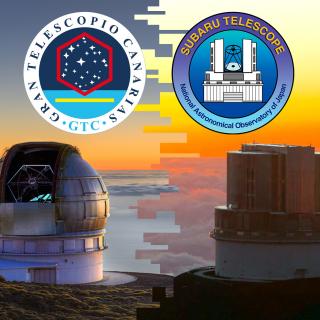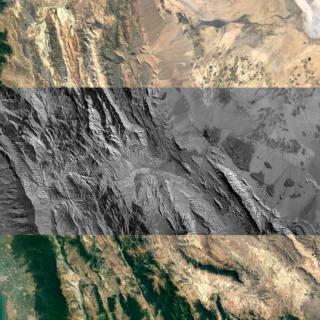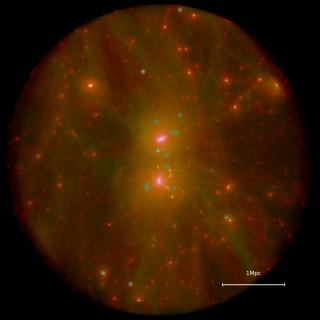
A team led by researchers from the Instituto de Astrofísica de Canarias (IAC) and the National Astronomical Observatory of Japan (NAOJ) has made, with the Gran Telescopio Canarias (GTC or Grantecan) and the Subaru telescope, the largest and deepest follow-up to date of a black hole collision previously detected in gravitational waves. The observations showed no optical signal in the direction of the phenomenon, which means that if this black hole merger emitted any light at all, it was fainter than the detection limit of these two telescopes and their instruments. This result imposes an
Advertised on




